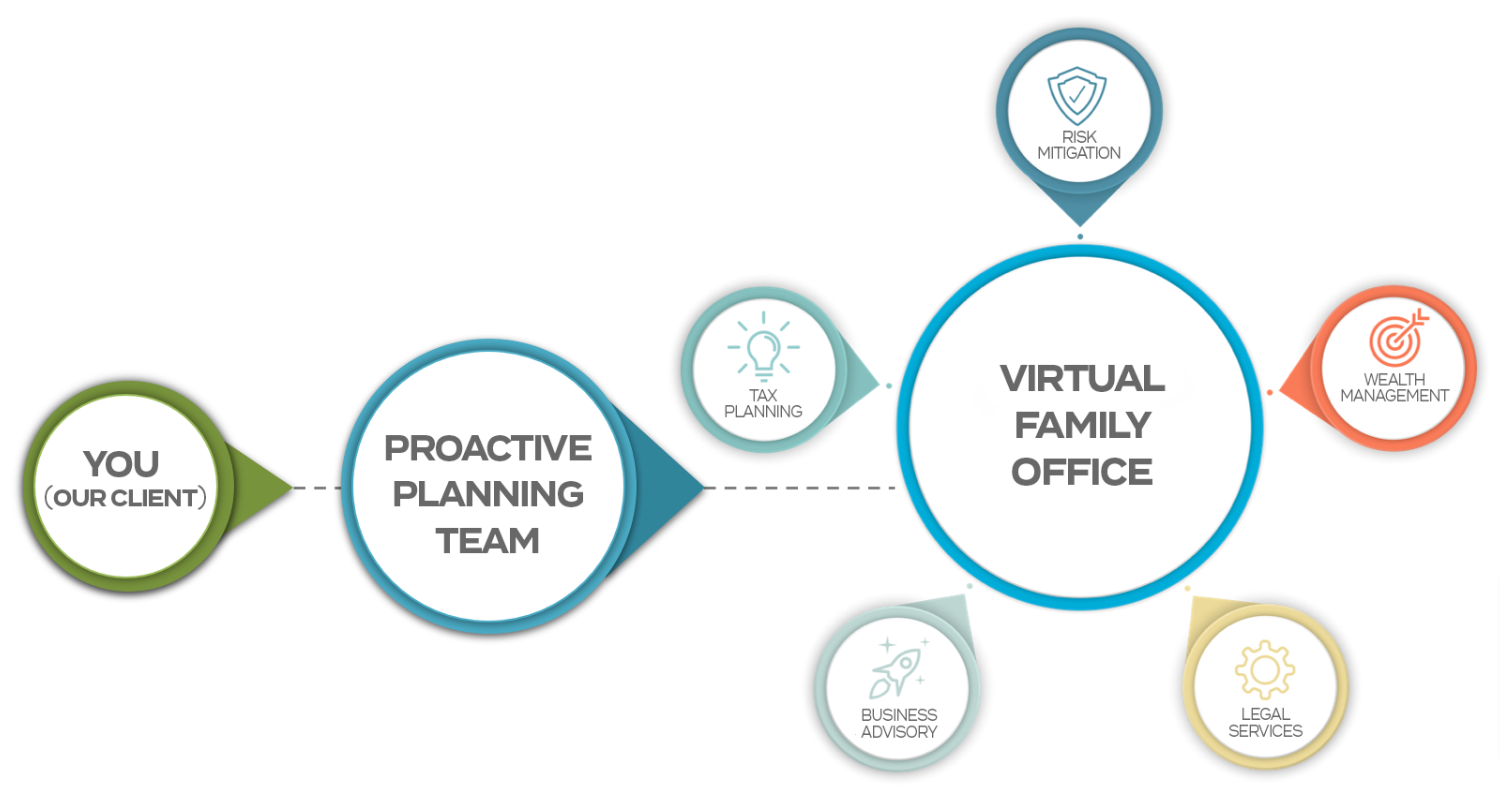Milwaukee & Waukesha Counties Accountant Pleads With Milwaukee & Waukesha Counties Businesses: Run Advertising That WORKS
When I chat with my Milwaukee & Waukesha Counties business owner friends, I find that many of them are adopting a “herd mentality” when it comes to marketing their Milwaukee & Waukesha Counties business. And I’d like to see that change for you, and for all my business owner friends.
Granted, I know my limits — I’m an accountant, not a marketing guru. But I pay attention to the local and national marketplace. Plus, I get a yearly crash course on marketing and sales success by observing my most successful Milwaukee & Waukesha Counties-area small business owner clients here at Team Hammernik.
And, of course, I also make it my business to pay attention to what *established* marketing experts DO say about how to grow a small business.
You see, you’ve got choices about the kind of marketing and advertising you do, and I’d like to take some time clarifying the different options for you … and their strengths and weaknesses.
Milwaukee & Waukesha Counties Accountant Pleads With Milwaukee & Waukesha Counties Businesses:
Run Advertising That WORKS
“Anything worth doing is worth doing poorly until you learn to do it well.” – Zig Ziglar
When I sit down with a Milwaukee & Waukesha Counties business owner client or friend, I often ask them why
they are advertising. In many cases, I hear the owner (or even the Marketing Director) say: “To get our name out” or to “build awareness of our product or company”.
Frankly, this line of thinking is fine for large corporations with bazillions of dollars to spend and months and years to wait for results. But for the small-to-medium sized business, this kind of marketing is a hit-or-miss proposition … and usually, that means “miss”.
Instead, after seeing my most successful Milwaukee & Waukesha Counties business owner friends, I am a strong, enthusiastic advocate of direct response marketing.
Why? Because it’s one of the only forms of marketing which can be directly tracked for ROI. Do you have six figures to spend on “hope”? Because if not, then you should work to get seriously good at the style of marketing which you can track, just like an investment.
Sure, there are other forms of marketing, but Direct Marketing can be tracked — and as somebody who works with numbers and the tax code, you can imagine that I LOVE tracking! But before we get into more details on Direct Marketing, let’s talk first a little bit about the others.
There is “image” advertising. This type of advertising is often intentionally used by big corporations and blindly-copied by smaller ones. It essentially says to consumers, the press, board and/or to stockholders, “here we are, here’s who we are, here’s what we do, and we’re nice guys”… but it never asks anybody to buy anything or to take any action. It’s classic image building.
Some examples you’re probably familiar with include the AT&T sign you see behind the plate at the World Series, the Charles Schwab commercial you see during the Sunday morning news programs and football games, most bank advertising, CNN signs in airports … this is all pure image advertising.
Ad reps, consultants and the media love to sell you this type of advertising because there is no possible way to measure its effectiveness. Is it working? Is it paying for itself? … Who knows?
The next approach is a little bit better, and I’ve heard it called “Non-Measurable Response Advertising”. This type of advertising is trying to sell something, but unfortunately it is still basically unaccountable for its results. TV commercials for a particular brand of car fall into this category. The intent of those commercials is to get you interested enough in that car to go to the show room … but there’s still really no way to tell how many people who came to the showrooms this week were influenced by those commercials.
Would they have come anyway as a result of the dealer’s own newspaper ads? Who knows? Many of my friends get trapped using this type of advertising.
Retailers all run sales ads – “here’s what’s on sale — come on in!” But they still have no clue who’s actually coming in because of that ad, or if the traffic wouldn’t have just been decent even if they hadn’t run the ad.
They can guess. They can look at this weekend’s higher traffic against last weekend’s traffic and attribute the difference to the ads … but if you’re at all aggressive, it gets worse. If they advertise the sale via the newspaper, two radio stations and flyers … how do you tell which ad works and which doesn’t? Again–ad agencies and the media like to sell this type of advertising because it’s difficult for the advertiser to measure the results.
Another type of marketing is public relations and publicity.
You can hire companies to issue press releases and articles about your products or services and your company and they will work to get them placed in various media. These firms can arrange interviews and talk show appearances. And, though you can measure them by how much actual exposure they get for you, it’s still generally difficult to then measure how much business came from the exposure. Also in this category is the sponsorship of everything from a little league team to an Indy 500 race car or a golf tournament.
All three of these types of marketing probably have some place in a Milwaukee & Waukesha Counties business’ total marketing plan. It is my firm belief, however that these methods are grossly and deliberately oversold to clients by media and professionals because of their resistance to results measurement. It is also my opinion that most businesses, the owners of small businesses and the executives of large companies stupidly waste outrageous sums of money on these non-measurable marketing options.
I know … I’m an accountant, right? But this isn’t just my opinion. The smartest marketers on the planet (from what I can tell), AND my smartest Milwaukee & Waukesha Counties business owner friends, all incorporate measurable, results-oriented marketing.
Would you forward this article to a Milwaukee & Waukesha Counties business associate or client you know who could benefit from our assistance — or simply send them our way? While these particular articles usually relate to business strategy, as you know, we specialize in tax preparation and planning for Milwaukee & Waukesha Counties families and business owners. And we always make room for referrals from trusted sources like you.
Warmly (and until next week),
Dale Hammernik
(414) 545-1890
See More Blog Posts







